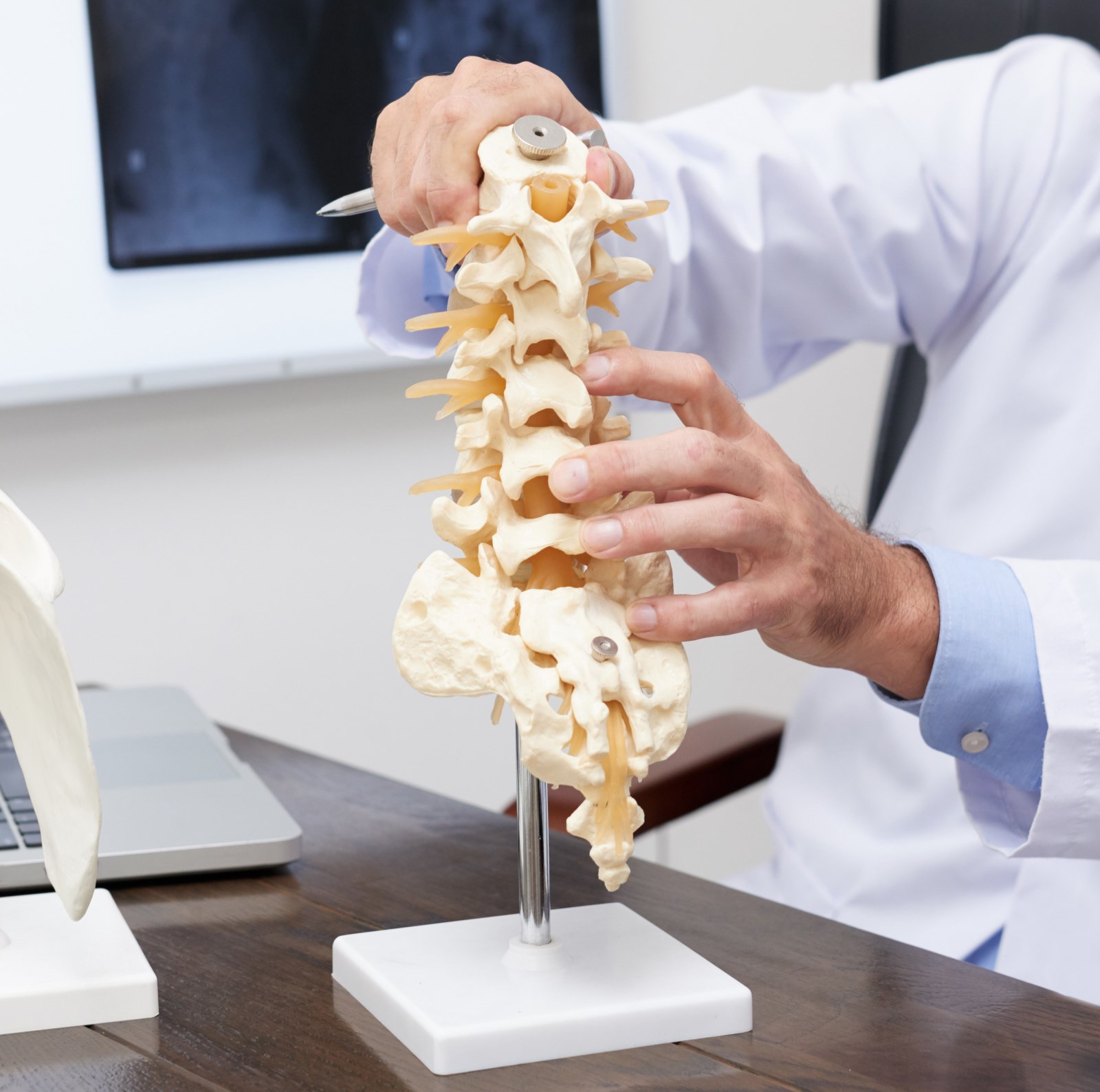Overview
Osteoporosis develops when the body decreases bone density and minerals, and distorts bone structure. Bones become more fragile than in a healthy person, which leads to fractures. Osteoporosis develops slowly over several years. The stage before osteoporosis is called osteopenia: bone density is low, but not low enough to be classified as osteoporosis. The latter usually is not apparent until the first fracture (broken bone); that's why it’s called “silent” disease. Bones can break not only as a result of major trauma but also accidentally, after normal activities or a minor fall, or even after coughing or sneezing.
You should contact your GP if you have osteopenia, or a family history of osteoporosis and hip fracture.
Most common fractures are
- hip fracture
- wrist fracture
- vertebral fracture (broken spinal bones)
Causes and risk factors
Bone’s life cycle is a combination of processes called bone resorption (breakdown of old bones) and formation (new bone creation). In a healthy individual, these processes are balanced and constantly follow each other. When bone mass loss exceeds formation, osteoporosis develops.
There are several unchangeable and changeable risk factors that affect the development of osteoporosis.
Unchangeable risk factors
- Sex: Women are more likely to get osteoporosis than men, especially postmenopausal women.
- Age: As people age, bone mass is lost faster, and growth is slower.
- Race: White and Asian women are at higher risk.
- Family history: Having a parent with a history of osteoporosis or hip fracture increases the risk.
- Body size: Men and women with a smaller body frame (BMI of 19 and less) have an increased risk because of lesser bone mass than people with a greater body size.
Changeable risk factors
- Hormone levels have a huge impact on bone metabolism.
Low sex hormone levels contribute to bone mass loss. The fall of estrogen levels after menopause is the most common risk factor. Overactive thyroids, parathyroid and adrenal glands, and disorders of the pituitary gland also lead to bone loss.
- Dietary factors: low calcium intake
- Eating disorders: e.g., anorexia or bulimia
- Heavy drinking
- Tobacco abuse
- Long-term use of certain medications: steroids, antiepileptic drugs, cancer medications, proton pump inhibitors, selective serotonin reuptake inhibitors, etc.
- Sedentary lifestyle: low levels of physical activity
- Related medical conditions: coeliac disease and Crohn’s disease, gastrointestinal surgeries, kidney or liver disease, cancer, rheumatoid arthritis, etc.
Symptoms and Complications
Symptoms of osteoporosis develop after fractures. The most common symptoms are:
- Back pain caused by vertebral fracture
- Loss of height
- Slouched posture
- Fragile bones
Complications are
- Chronic pain
- Deformity
- Disability
- Depression
- Death
Diagnosis and treatment
Bone density tests are used for the diagnosis and screening of osteoporosis. Healthcare providers recommend bone density testing for postmenopausal women, people aged 65 years and older, and individuals at a higher risk (risk factors are mentioned above).
There are several different types of bone density tests. The most common is dual-energy X-ray absorptiometry (DXA). The test measures how much calcium and other minerals your bone packs using a minimal amount of radiation, i.e., bone density of important bones (usually spine, hip and forearm). Other tests, like CT and ultrasound, also could be used, but they have their limitations.
The decision of treatment is based not only on DXA analysis but also on your age, sex, risk of breaking bone, history of previous fracture. If the risk of fracture in the next 10 years isn’t high, treatment might not include medication: risk modifications and prevention of falling could be enough. If the risk of bone fracture in the next 10 years is high, medications are prescribed. The most common medications for treating osteoporosis are bisphosphonates. Hormone-related therapy and bone-building medicines are also used in case of failure of treatment with bisphosphonates.
Prevention
Good nutrition, physical activity and abandoning of bad habits are the mainstays of osteoporosis prevention.
- Healthy diet and vitamin D supplements
- Quit smoking and limit alcohol intake
- Regular exercise: at least 2 hours and 30 minutes of moderate-intensity aerobic activity (such as cycling or fast walking) every week, muscle-strengthening activities on 2 or more days a week
Contact your GP when you have osteoporosis and want to start a new form of physical activity.
- Weight-bearing exercise: running, dancing, jumping, aerobics, etc.
- Resistance exercise: press-ups, weightlifting, using weight equipment at a gym
Sources:
Mayo Clinic
National Institute of Arthritis and Musculoskeletal and Skin Diseases
UpToDate







